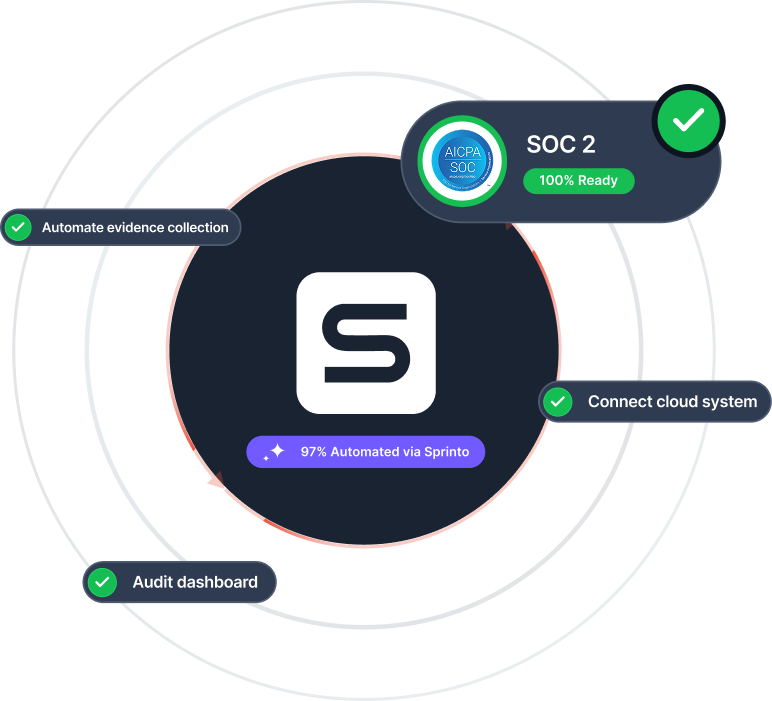Risk analysis and assessment
Road to audit-readiness
SOC 2 is a risk-based compliance framework, which means that all your controls should be mapped to the risks faced by your organization.
A SOC 2 risk assessment includes identifying all assets and systems, evaluating your threat surface, assessing vulnerabilities, measuring risk impact and likelihood, and documenting mitigation strategies.
After the risk assessment, your business needs to implement controls that reduce the respective risks to an acceptable level.
Risk assessments should consider various threat vectors, including:
1. External threats (hackers, malware, social engineering)
2. Internal threats (employee mistakes, insider actions)
3. Physical threats (natural disasters, facility access)
4. Third-party risks (vendors, service providers)
5. Technical vulnerabilities (unpatched systems, misconfigurations)
A SOC 2 risk assessment includes identifying all assets and systems, evaluating your threat surface, assessing vulnerabilities, measuring risk impact and likelihood, and documenting mitigation strategies.
After the risk assessment, your business needs to implement controls that reduce the respective risks to an acceptable level.
Risk assessments should consider various threat vectors, including:
1. External threats (hackers, malware, social engineering)
2. Internal threats (employee mistakes, insider actions)
3. Physical threats (natural disasters, facility access)
4. Third-party risks (vendors, service providers)
5. Technical vulnerabilities (unpatched systems, misconfigurations)
Aceing Risk Assessment Ahead of Your SOC 2 Audit
Risk Assessment
SOC Frameworks Overview
SOC 2 Basics
SOC 2 Compliance Process
SOC 2 Compliance Process
Sprinto: Your ally for all things compliance, risk, governance



